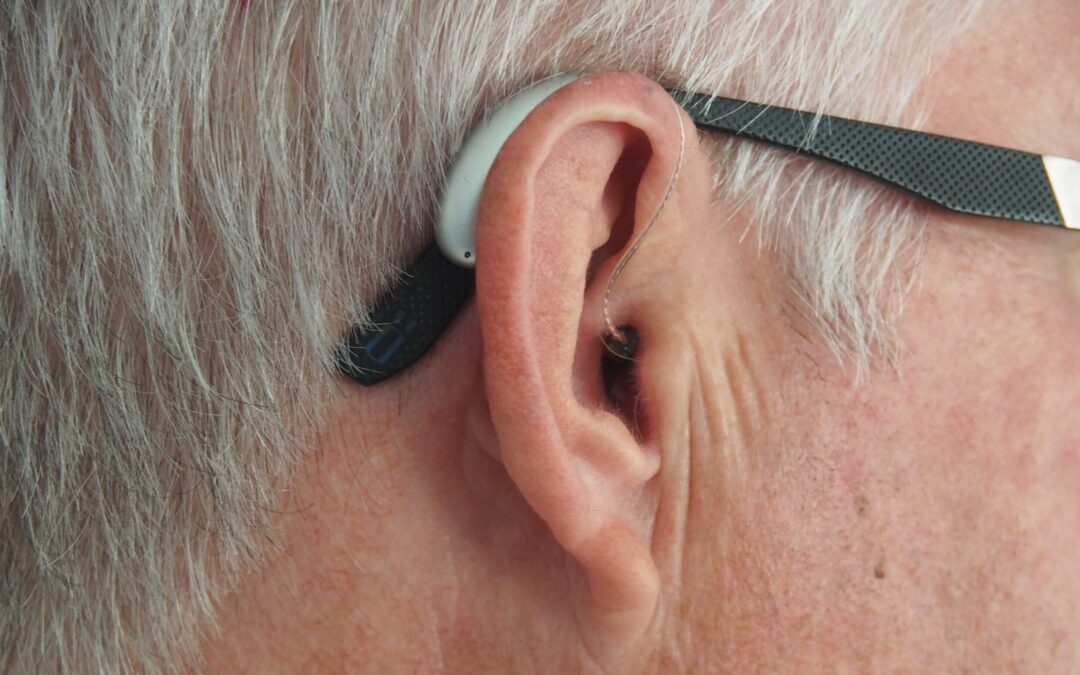Ears are naturally self-cleaning. The body produces antimicrobial earwax as a way to trap dust and other airborne particles before they can burrow deeper into the inner ear canal. Earwax coats the ear canal wall to protect the delicate skin within the ear and to prevent irritation. While the sticky substance is typically beneficial to the health of your ears, it can be harmful when an excess of earwax builds up. This can result in decreased hearing aid functionality, further hearing loss, pain, and even neurological symptoms including dizziness. If you are experiencing ear wax related problems, call us to schedule an appointment at 781-769-8866. We will take a look into your ear canal with an otoscope and recommend a treatment plan. Depending on the severity of your diagnosis, we will make the appropriate recommendation. For more general information on ear wax and treatment examples, see below.
Safe vs. Unsafe Ways for Cleaning the Ear
As your ears produce new earwax, old earwax naturally migrates out of the canal, where it dries up and falls off. The best way to assist this natural process and clean your ears at home is to use a soft, wet washcloth and gently wipe around your outer ear. Never put your finger or insert any device into your ear canal. Cotton swabs like Q-tips are tempting, but we strongly advise our patients against using them. While it may seem like you’re effectively removing wax from your ear when using a Q-tip, you’re actually pushing old earwax further into your ear canal. As a result, it can build up and form a hard blockage, known as an earwax impaction. Impactions are painful and can lead to significant hearing loss. In rare cases, you can accidentally rupture your eardrum or cause permanent damage to the structure of your ear with a Q-tip. Q-tips should only be used to gently wipe the ear’s outer surface.
The amount of earwax an ear produces varies greatly from person to person. Some people produce more earwax than necessary, which can lead to a build-up over time. People who regularly wear hearing aids or earplugs are especially susceptible to developing hardened or impacted earwax. Here are two ways to safely remove this type of excess earwax at home:
– Baby oil: Apply two drops of baby oil, twice per day, to the outer ear to help soften hard wax so it can be wiped away with a washcloth.
– At home earwax softener: Use an over-the-counter earwax softener, or make a mixture that’s equal parts warm water with hydrogen peroxide. Lie on one side and add a few drops of the solution to your ear. Wait a few minutes, flush with warm water, and then switch sides, allowing your ears to drain. Never use a syringe, suction device, or ear candles at home.


